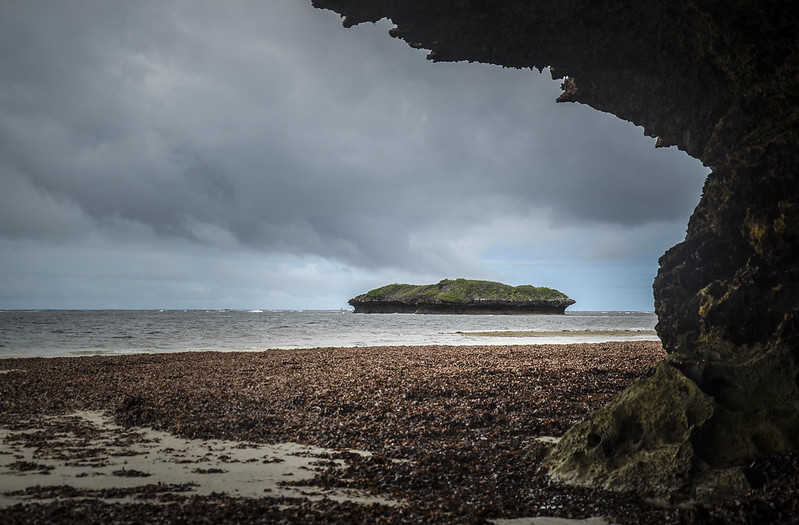Lamu Island
Overview
Lamu Island, off Kenya’s coast, is a UNESCO World Heritage Site famous for its Swahili culture and ancient architecture. As one of East Africa’s oldest Swahili towns, Lamu offers a chance to explore its rich history. Narrow streets, coral stone houses, and carved wooden doors make Lamu a must-visit for heritage and architecture enthusiasts. This post dives into what makes Lamu Island special and why a heritage tour here is a must.
A Living Museum of Swahili Culture
Lamu Island is steeped in Swahili culture, dating back to the 14th century. Its culture mixes Arab, Persian, Indian, and African influences. Visitors can experience this in daily life through music, dance, and local traditions.
The island’s key cultural events, like the Lamu Cultural Festival and Maulidi Festival, showcase Swahili dance, dhow races, and handmade crafts. These festivals are perfect for those looking to dive deep into the island’s culture.
UNESCO World Heritage Status
In 2001, Lamu Old Town earned UNESCO World Heritage status for its well-preserved Swahili architecture and history. The town hasn’t changed much in centuries, keeping its charm and character intact.
Walking through the streets of Lamu feels like stepping into the past. The town moves at its own relaxed pace, where donkeys are the main form of transport. Lamu offers an experience unlike any other, far removed from the bustle of modern life.
Swahili Architecture: Timeless Elegance
Traditional Swahili Houses
Lamu’s architecture is unique. Most buildings are made of coral stone and mangrove timber, materials that keep the homes cool in the hot climate. The narrow streets, whitewashed walls, and open courtyards make Lamu’s architecture stand out.
The carved wooden doors are the hallmark of Swahili architecture. These doors feature intricate designs reflecting the island’s Arab, Indian, and Persian influences. Each door tells its own story, often indicating the wealth and status of the owner.
Lamu Fort and Riyadha Mosque
Key architectural landmarks include Lamu Fort and Riyadha Mosque. The fort, built by the Omanis in the 19th century, now serves as a museum. It’s the ideal starting point to learn about the island’s history.
The Riyadha Mosque, built in the 19th century, plays a central role in the island’s religious life. It’s the heart of the Maulidi Festival, which celebrates the birth of Prophet Muhammad. Its simple design reflects the community’s deep spiritual connection.
Guided Heritage and Architecture Tours
A guided tour is the best way to explore Lamu. Local guides bring the town’s history to life with stories and insights you won’t find in books. Walking tours take you through Lamu’s most iconic sites, offering a glimpse into the island’s past.
A visit to the Lamu Museum is a highlight of any tour. It features exhibits on Swahili culture and the region’s maritime history. You can also explore artisan workshops where local craftsmen create traditional Swahili furniture, carvings, and dhows.
The Charm of Dhows and Maritime Heritage
Traditional dhow boats are one of Lamu’s most iconic symbols. These wooden sailing boats have been used along the East African coast for centuries. Taking a dhow ride offers a unique view of the island. You can sail to nearby islands, visit hidden beaches, or enjoy a sunset over the Indian Ocean.
These boats were once crucial for trade, carrying goods like spices, ivory, and textiles. Today, they remain a key part of Lamu’s identity and cultural heritage. Sailing on a dhow is a must for anyone visiting the island.
Practical Information for Your Visit
Best Time to Visit
The ideal time to visit Lamu is during the dry season, from December to March or July to October. During these months, the weather is perfect for outdoor activities like walking tours and dhow sailing. If you want to experience one of the cultural festivals, plan your trip around November for the Lamu Cultural Festival or February/March for the Maulidi Festival.
Getting Around
Lamu is a car-free town, making it perfect for exploring on foot. Donkeys are used for transport and carrying goods. For longer trips, you can hire a dhow to explore the nearby islands or sail along the coast.
What to Wear
Lamu has a strong Muslim community, so it’s respectful to dress modestly. Lightweight, loose-fitting clothing is best for the warm climate. Women may want to carry a scarf for visiting religious sites.
Conclusion
Lamu Island is a living testament to Swahili culture and architectural beauty. From coral stone houses to the iconic dhow boats, every part of Lamu tells a story of its past. Whether you’re walking through its narrow streets, sailing on a dhow, or attending a cultural festival, a heritage tour in Lamu promises an unforgettable experience. With its unique blend of history, architecture, and culture, Lamu Island should be on every traveler’s list.




